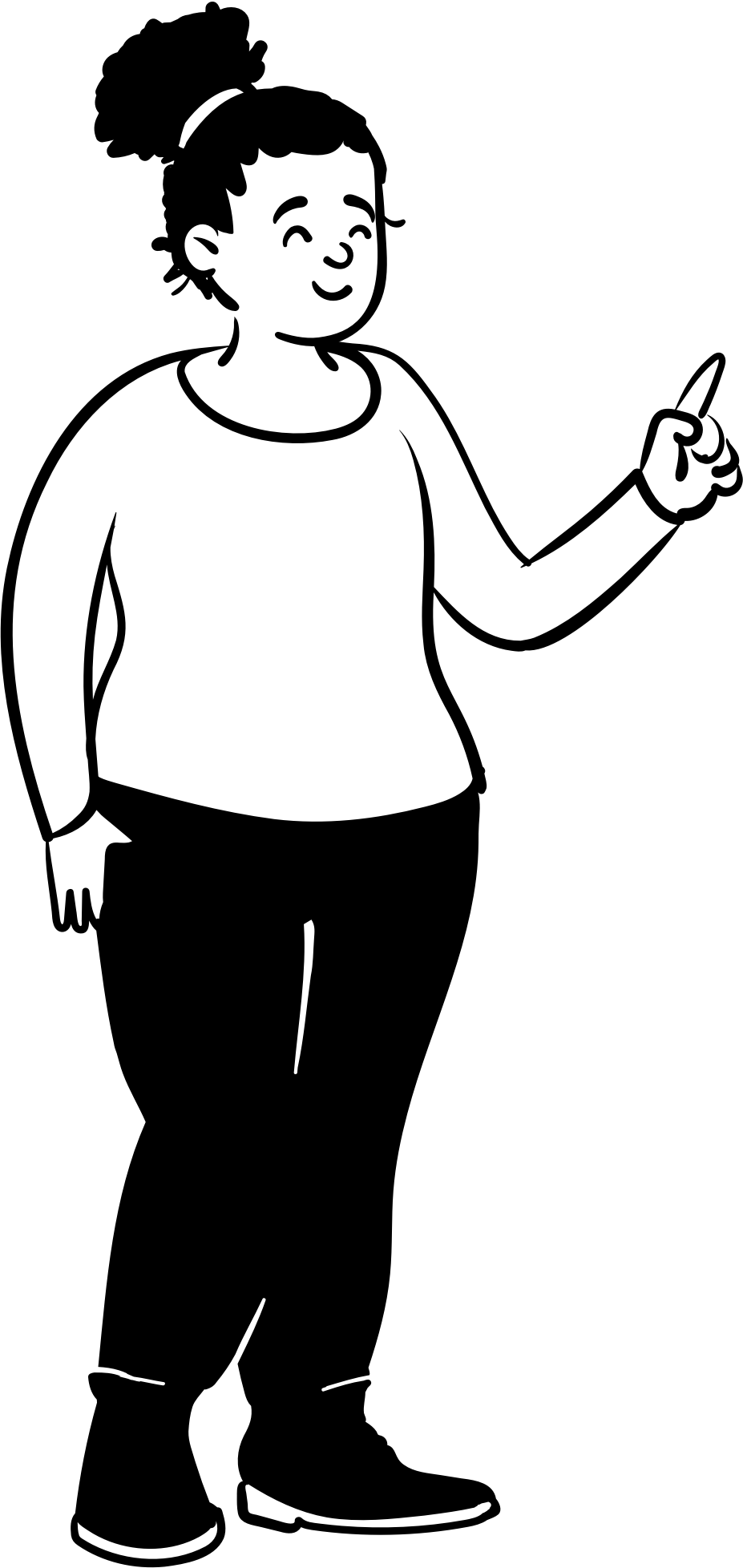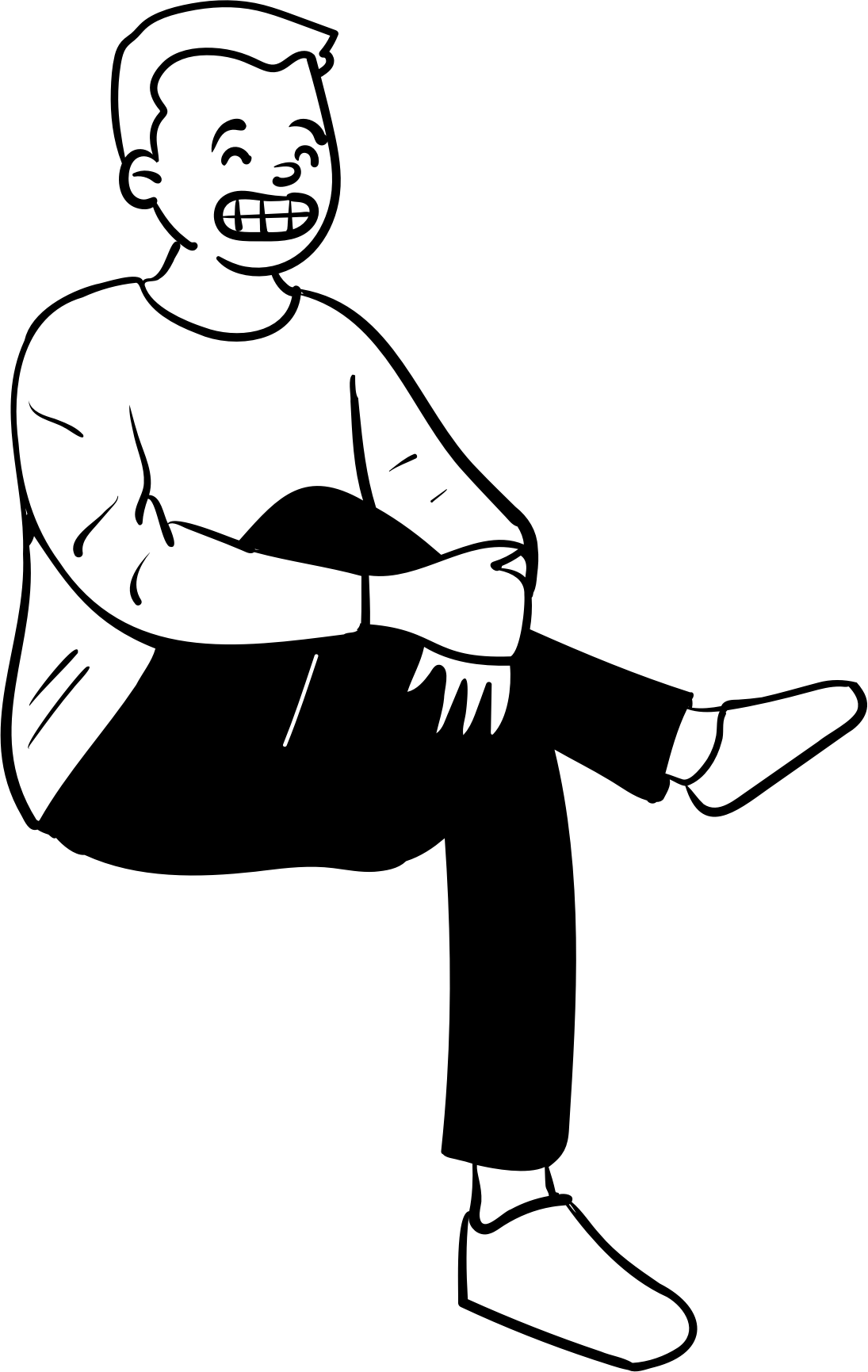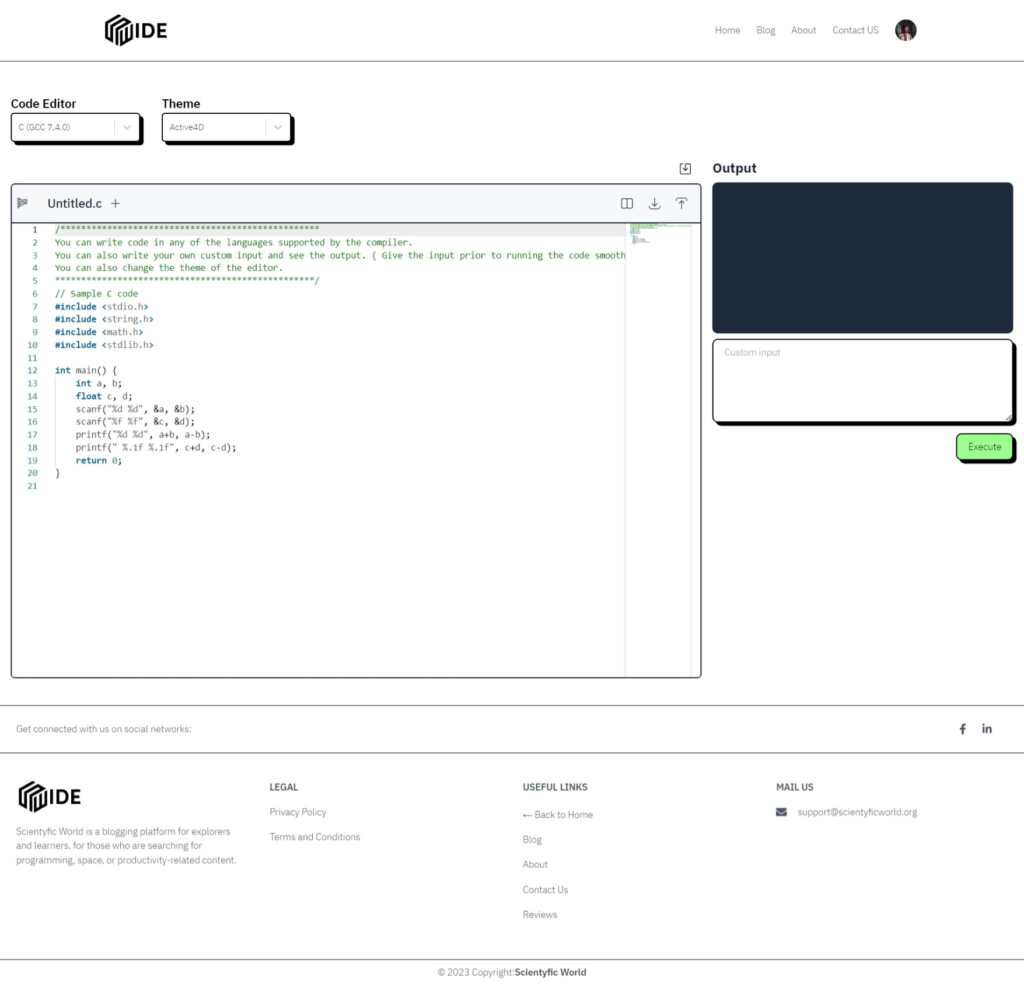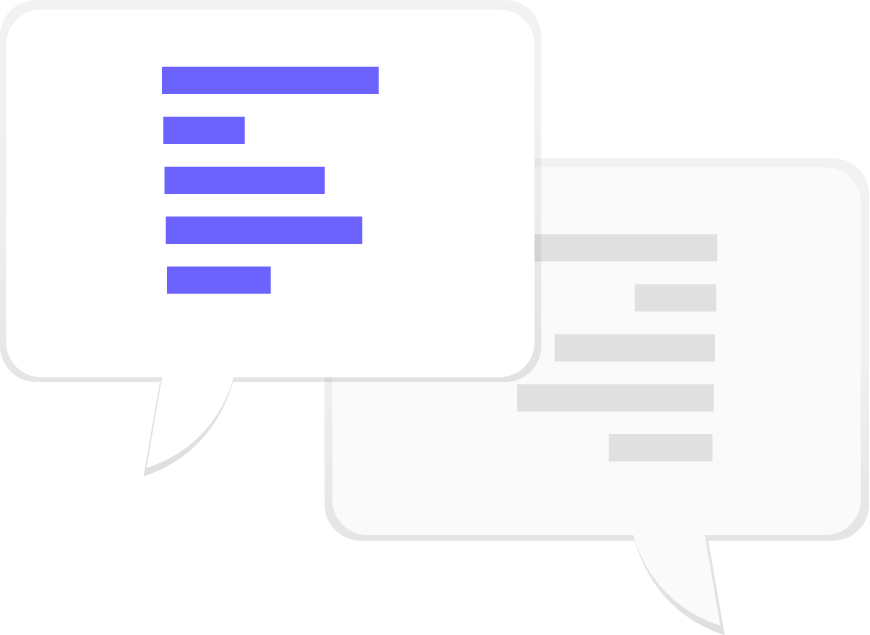Follow Us:
Discover content that matches your domain.
Explore the latest tech trends with Scientyfic World. From web development to cybersecurity, we provide in-depth articles and practical guides. Join our community of tech enthusiasts today!
Featured on:
our Achievement
Let the Numbers speak
Active readers
We’re constantly growing with a large community of developers
Active contributors
Developers are more actively contributing to our blog helping the community to grow
Email Subscribers
We’re also successfully growing our email newsletter
Mastering the Art of Technical Writing
Launching my first Book
This is a comprehensive guide to technical writing that provides readers with a detailed understanding of the skills required to excel in the field of technical writing. From understanding the basics of technical writing to mastering the nuances of the profession, this book offers practical advice and insights for both novice and experienced technical writers.




What is Scientyfic World?
Providing solutions in form of blogs
Scientyfic World is a blogging platform for explorers and learners, for those who are searching for programming, space, or productivity-related content. Scientyfic World can be your all-in-one solution for website development and maintenance. We can help you to grow your business by creating and optimising your website through proper SEO. We ensure that your product reaches maximum customers, so we also help you by creating SEO-optimised content for your business
Here are the categories we explore in our articles
-
Web Development
Frontend: ReactJs, AngularJs...
Developing complex, animated, responsive, and adaptive websites using HTML5, SCSS, jQuery; optimized for all browsers, desktops, laptops, smartphones, and tablets (iOS, Android, Windows).Backend: Node, Firebase,...
Improving agile development processes through tools like Grunt, Yeoman, GIT, JIRA, and BrowserStack.How-to Guides
Tutorials and guides on web development topics like HTML, CSS, JavaScript, and more. -
App Development
Native: Android, iOS...
Developing high-performance, native mobile apps using Android SDK, iOS SDK, Flutter, React Native, and other technologies.Cross-platform: Flutter, React Native...
Building cross-platform mobile apps that can be deployed to both Android and iOS devices using a single codebase.How-to Guides
Tutorials and guides on app development topics like Android, iOS, Flutter, React Native, and more. -
Artificial Intelligence (AI) Technology
Introduction to AI: Concepts, Applications, and Ethics
A comprehensive overview of the field of AI, covering its concepts, applications, and ethical considerations.Machine Learning: Algorithms, Models, and Tools
Detailed explanations of various machine learning algorithms, models, and tools used in the field of AI.Natural Language Processing (NLP) and Speech Recognition
In-depth coverage of NLP and speech recognition technologies and their applications in AI. -
Machine Learning (ML) and Deep Learning
Supervised, unsupervised, and reinforcement learning:
Implementation of ML algorithms using Python libraries like Scikit-Learn, TensorFlow, and Keras. Developing deep neural networks for image recognition, natural language processing, and predictive analytics.Data preprocessing and visualization:
Techniques for data cleaning, transformation, and feature selection. Visualizing data using tools like Matplotlib, Seaborn, and Tableau.Applications of ML and Deep Learning:
Examples of how ML and deep learning are being used in various domains such as healthcare, finance, and e-commerce. -
Internet of Things (IoT)
Sensor networks and IoT platforms:
Designing and implementing sensor networks using platforms like Arduino, Raspberry Pi, and ESP32. Connecting sensors to the cloud using IoT platforms like AWS IoT, Azure IoT, and Google Cloud IoT Core.Protocols and standards:
Understanding IoT communication protocols like MQTT, CoAP, and HTTP. Complying with IoT standards like OCF and Open Interconnect Consortium (OIC).IoT applications:
Examples of how IoT is being used in various domains such as smart homes, smart cities, and industrial automation. -
Cybersecurity and Data Privacy
Cybersecurity fundamentals:
Understanding the basics of cybersecurity such as threat modeling, risk assessment, and security controls. Securing networks, endpoints, and applications against cyber attacks using firewalls, antivirus software, and intrusion detection systems.Data privacy regulations:
Complying with data privacy regulations like GDPR, CCPA, and HIPAA. Implementing data protection measures such as encryption, tokenization, and access controls.Emerging trends:
Staying up-to-date with emerging trends in cybersecurity and data privacy such as artificial intelligence for cybersecurity, blockchain-based security, and privacy-enhancing technologies. -
Cloud Computing
Infrastructure as a Service (IaaS)
Creating scalable and flexible cloud-based infrastructure using platforms like AWS, Azure, and Google Cloud Platform (GCP).Platform as a Service (PaaS)
Developing and deploying applications using cloud platforms like Heroku, Google App Engine, and OpenShift.Software as a Service (SaaS)
Designing, developing and deploying cloud-based software using platforms like Salesforce, Slack, and Dropbox. -
Big Data and Analytics
Data Analytics
Analyzing and interpreting large datasets using tools like Excel, Tableau, and R to gain insights and make data-driven decisions.Data Science
Applying machine learning algorithms to datasets to build predictive models and gain deeper insights into complex data.Business Intelligence (BI)
Creating reports and dashboards using BI tools like Power BI, QlikView, and SAP Business Objects to facilitate decision-making at the enterprise level.
You Like
Coding?
If you’re a programmer, finding the right content regarding the theories and logic for your next project or want to read something that you probably don’t know, then you came to the right place.
In Scientyfic World, I create blogs on topics related to programming that you’ll love to read and also get some valuable information from it.

Try our
Online Compiler
Our compiler supports over 20 programming languages, including popular ones like C, C++, Java, Python, and more.
With our compiler, you can quickly write and execute your code from any device with an internet connection. Simply choose your desired language and start typing in the code editor. When ready to run your code, just hit the compile button and see the output in real-time.
Have you tried
devDocs ?
Scientyfic World devDocs is a comprehensive online resource for learning about web development, app development, machine learning, languages and tools, and data structures and algorithms (DSA). It provides a wide range of articles, tutorials, and guides that are written by experienced developers and technical writers.


Our reader's Feedback
Read feedback from satisfied users






Join our Community
Are you a tech enthusiast looking to share your knowledge and insights with the world? We’re always looking for contributors and collaborators to help us create great content for our community.

